 |
|
AEHF-5 (Atlas V) 8 August 2019 |
Space Launch Complex 41 Cape Canaveral Air Force Station |
Page Two of Two |
|
United Launch Alliance launched an Atlas V 551 rocket carrying the fifth Advanced Extremely High Frequency (AEHF) communications satellite into orbit for the U.S. Air Force Space and Missile Systems Center from Space Launch Complex-41 at Cape Canaveral Air Force Station at 6:13 a.m. on 8 August 2019. |
|
From the ULA press release about the mission: The AEHF system, developed by Lockheed Martin, provides vastly improved global, survivable, protected communications capabilities for strategic command and tactical warfighters. This jam-resistant system also serves international partners including Canada, the Netherlands and the United Kingdom. AEHF-5 will be a protected communications relay to provide the highest levels of information protection to the nation’s most critical users. The Lockheed Martin A2100 satellite gives senior leadership a survivable line of communications to military forces in all levels of conflict, including nuclear war. The system features encryption, low probability of intercept and detection, jammer resistance and the ability to penetrate the electromagnetic interference caused by nuclear weapons to route communications, real-time video, maps and targeting data to users on land, at sea or in the air. The Atlas V 551 rocket will deliver AEHF-5 into an optimized, high-energy geosynchronous transfer orbit. ULA and the AEHF program produced this ascent profile to maximize mission flexibility over the satellite’s lifetime. Atlas V rockets successfully launched the first four AEHF satellites in 2010, 2012, 2013, and 2018 as the new constellation was formed in geosynchronous orbit 22,300 miles above Earth to augment and eventually replace the legacy MILSTAR communications satellite fleet. One AEHF satellite has greater capacity than the entire five-satellite MILSTAR constellation. |
|
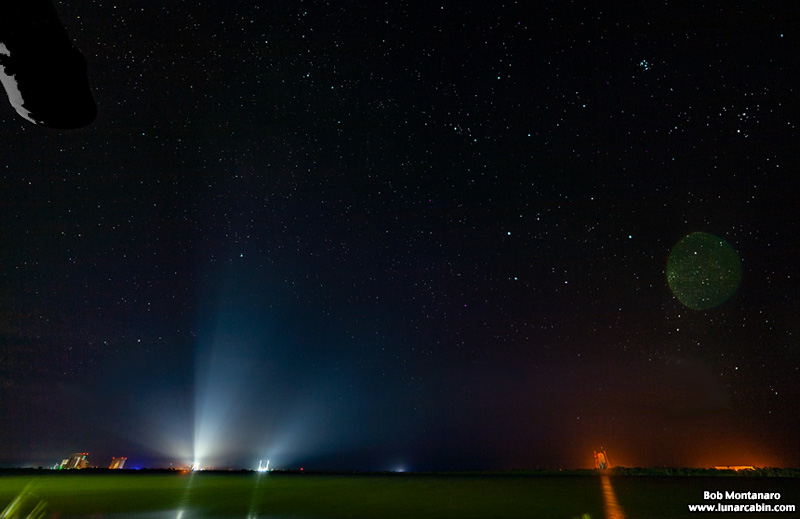 |
|
Spotlights shine into a starry sky at Space Launch Complex 41 (SLC-41). |
|
 |
|
A cloud of gaseous oxygen wafts away from the vehicle as it waits to launch. |
|
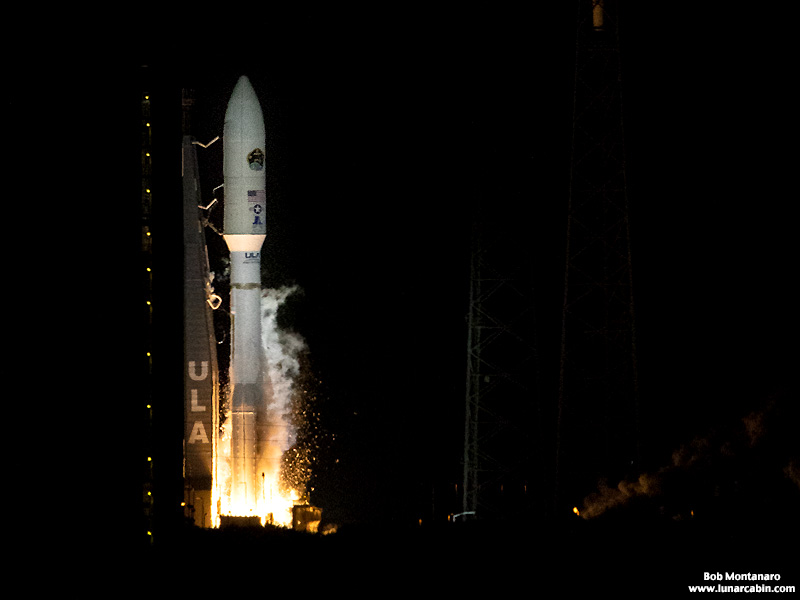 |
|
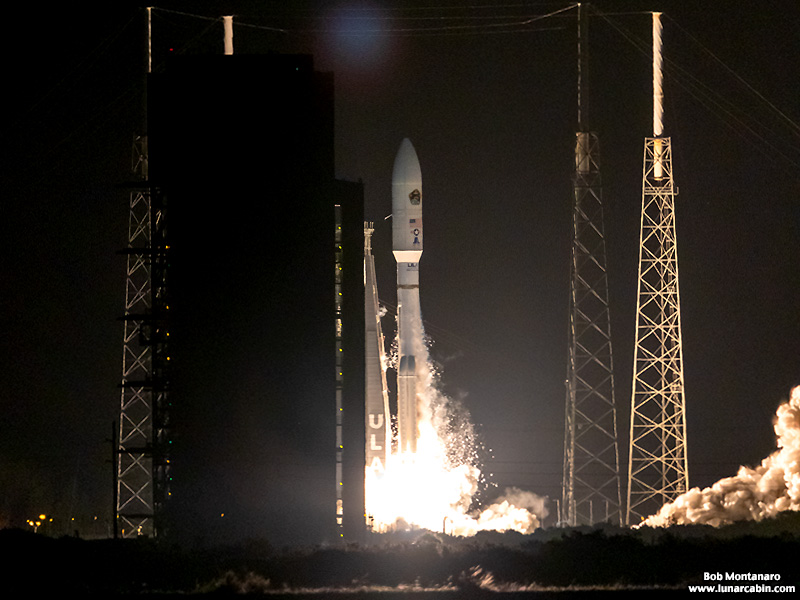 |
|
 |
|
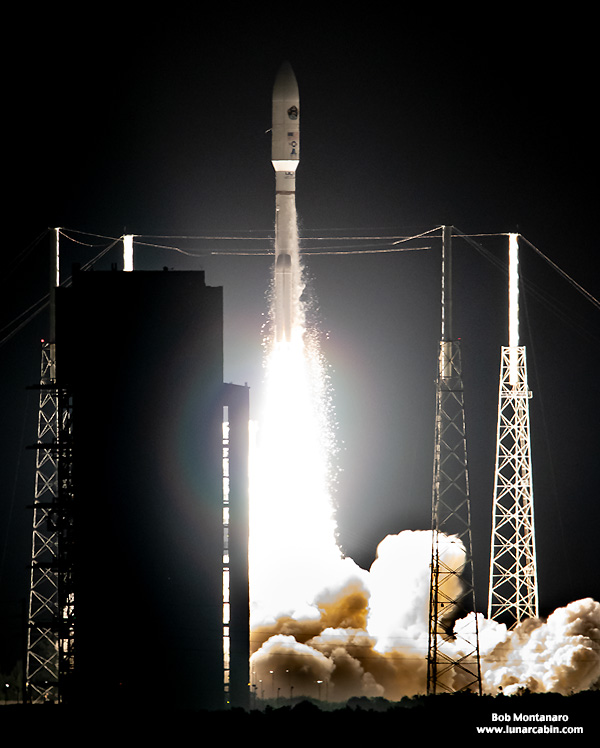 |
|
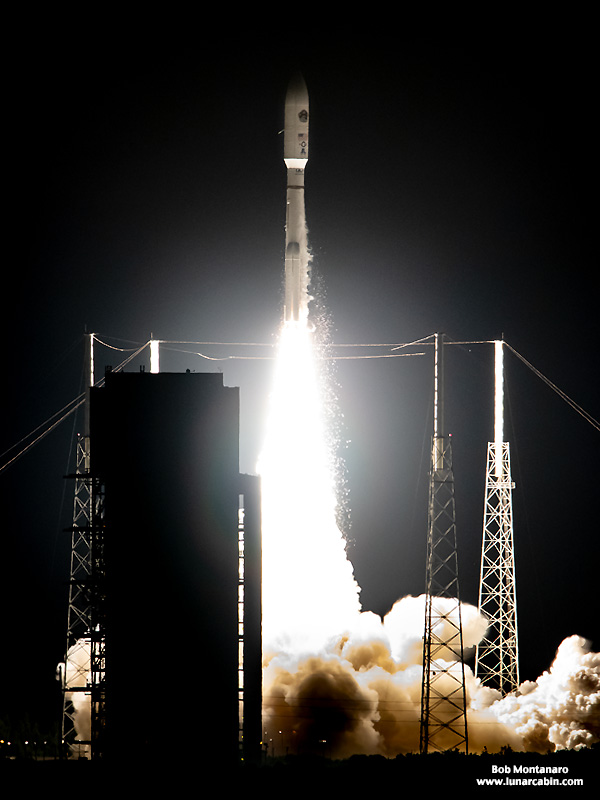 |
|
 |
|
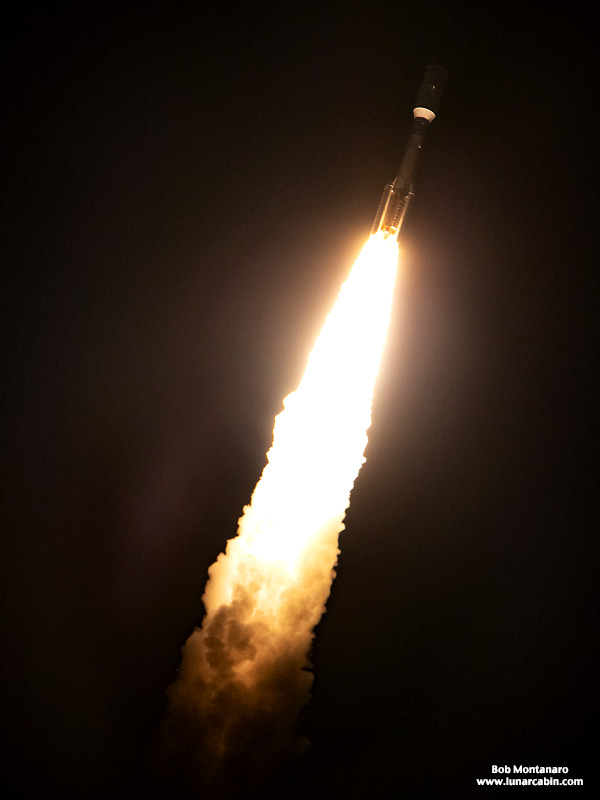 |
|
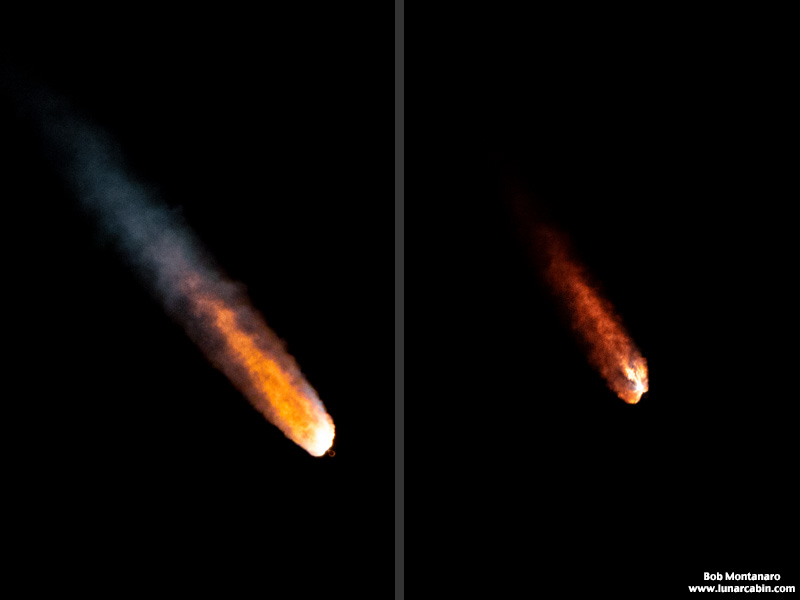 |
|
 |
|
Solid Rocket Booster separation. |
|
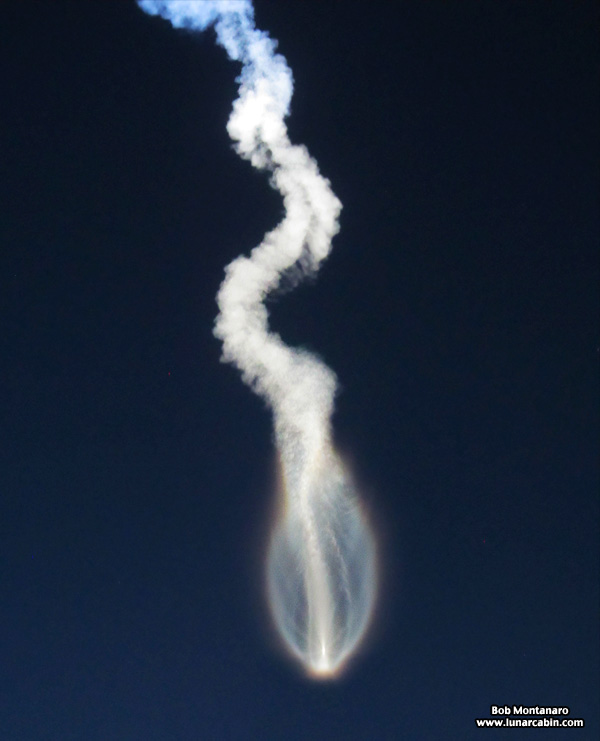 |
|
As the rocket climbed higher it flew into sunlight putting on quite a light show as the Sun illuminated the exhaust cloud. |
|
 |
|
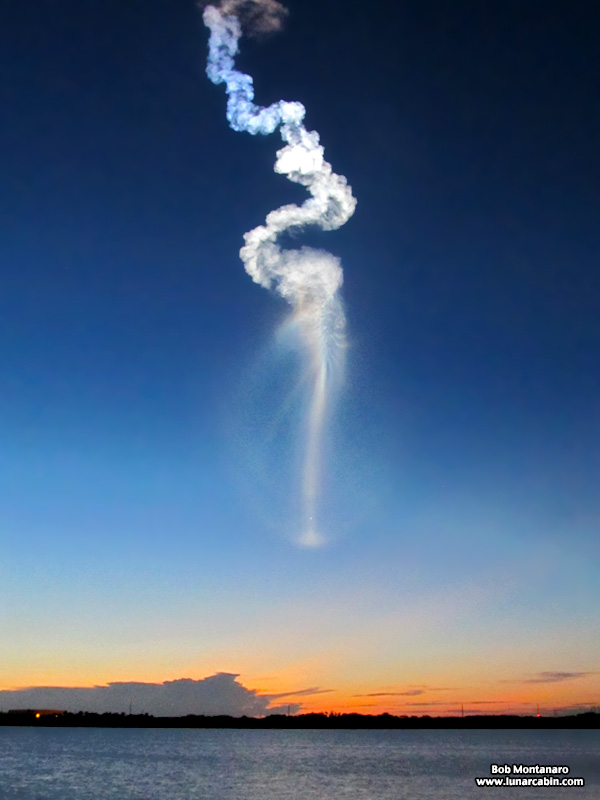 |
|
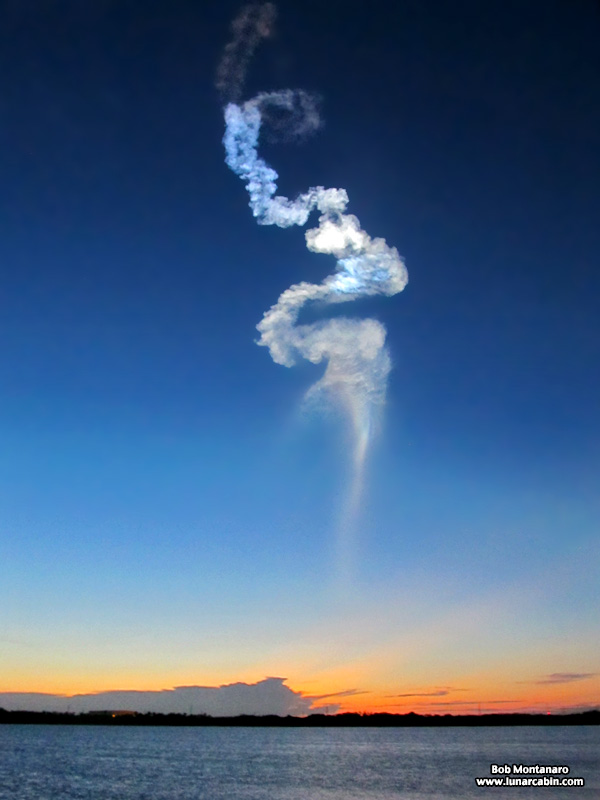 |
|
 |
|
The rocket's flight as seen in a time exposure. |
|
 |
|
The aftermath at SLC-41. |
|
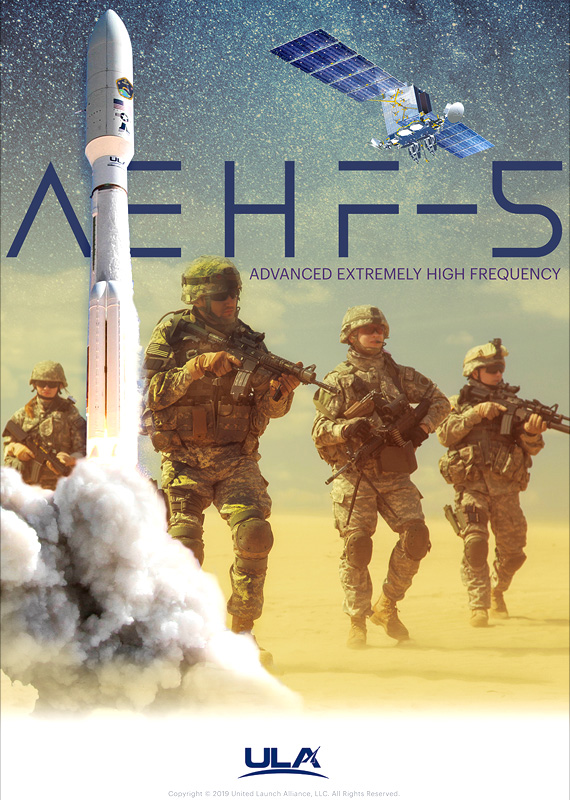 |
|
ULA artwork for the launch highlighting the satellite's mission to provide military communication capabilities. |
|
All contents copyright Lunar Cabin |
|